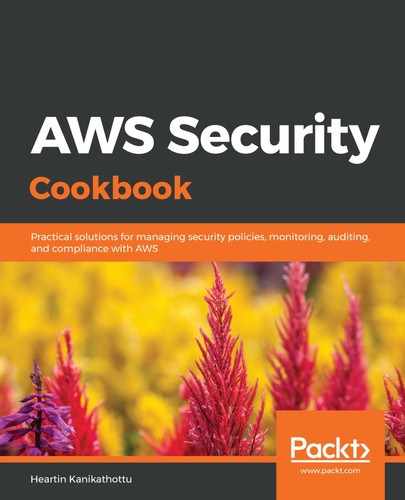In the Server-side encryption with S3-managed keys (SSE-S3) section, we uploaded an object from the console with SSE-S3 encryption. We changed the encryption for an existing object to SSE-S3 encryption. We also uploaded an object with SSE-S3 encryption. When performing SSE-S3 encryption from the CLI, the value of the sse parameter is optional. The default is AES256.
In the Server-side encryption with KMS-managed keys (SSE-KMS) section, we uploaded an object with SSE-KMS encryption. We changed encryption for an existing object to SSE-KMS encryption. We also uploaded an object from the CLI with SSE-KMS encryption. When performing SSE-KMS encryption from the CLI, the value of the sse-c parameter is optional. The default is AES256.
In the Server-side encryption with customer-managed keys (SSE-C) section, we uploaded an object from the CLI with SSE-C encryption. Unlike the other two server-side encryption techniques SSE-S3 and SSE-KMS, the console does not currently have an explicit option for SSE-C. We will need to execute this using APIs. In this recipe, we used a 32-digit number as the key. However, in the real world, keys are generally generated using a key generation tool. We will learn more about keys when we discuss KMS later in this book.
